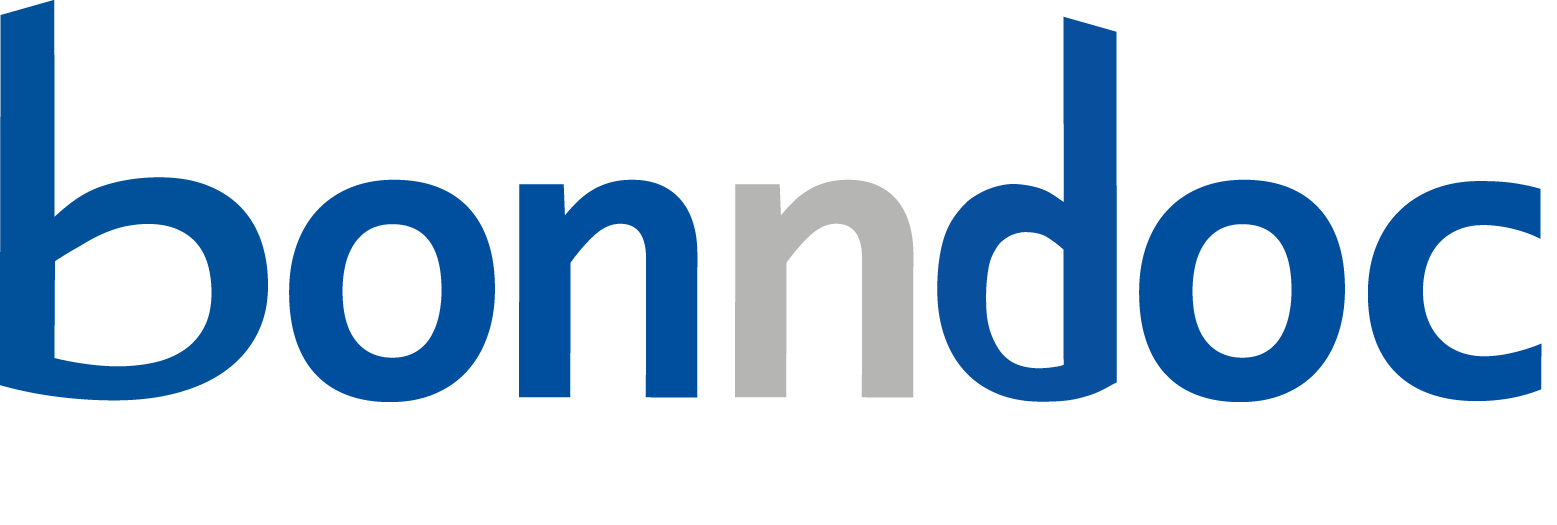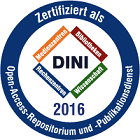The economics of carbon sequestration in African agriculture
The economics of carbon sequestration in African agriculture
| dc.contributor.advisor | von Braun, Joachim | |
| dc.contributor.author | Schilling, Friederike | |
| dc.date.accessioned | 2025-11-11T10:35:13Z | |
| dc.date.issued | 11.11.2025 | |
| dc.identifier.uri | https://hdl.handle.net/20.500.11811/13661 | |
| dc.description.abstract | The growing recognition of food systems and agricultural soils for climate change adaptation and mitigation has not yet been matched by investment and action at scale. Carbon markets have the potential to mobilize financing and incentivize sustainable agricultural practices, but their scale within the agricultural sector remains marginal. In three essays, this dissertation explores how agricultural carbon markets in Africa can be operationalized and scaled.
The first essay explores the soil organic carbon (SOC) dynamics of smallholder farmers in Western Kenya. It draws on a unique dataset that combines household- and plot-level primary data from 494 smallholder farmers with secondary spatial data. The study quantifies the soil carbon sequestration potential of smallholder farmers and its determinants. The results show average increases in SOC concentrations between 6.7 and 11.3 g/kg, which translate into average annual increases in SOC stocks ranging from 3.1 to 7.1 t C/ha. Seasonal fluctuations emerged as a potentially significant driver of SOC variability, complicating attributions of SOC changes to specific farming practices. Satellite-based carbon farming indices reveal a significant and measurable association with SOC, though low in magnitude. The second essay evaluates a portable near-infrared (NIR) scanner as a cost-effective alternative to traditional laboratory analyses, using primary data from 102 plots in Siaya County, Kenya. The study evaluates the scanner's predictive performance under field conditions in comparison to laboratory benchmarks, examines the consistency of SOC measurements through repeat analyses, and assesses the extent to which measurement errors influence SOC stock calculations. The results indicate a weak correlation between scanner predictions and laboratory measurements (R² = 0.10-0.11, RMSE = 5.62-7.12 g/kg), with the scanner generally underestimating SOC. However, the results also showed low reproducibility and repeatability of SOC measurements within and across different laboratories. Simulations of the impact of measurement error on SOC stock calculations reveal high variability across all measurement approaches that limit possibilities for result-based payments for carbon sequestration. The third essay explores how agricultural carbon markets can attract private investments into Africa's agricultural sector. The study draws on case study evidence from twelve carbon farming projects in Kenya, combining insights from interviews conducted in 2023 and a detailed analysis of project documentation. The study explores alternative carbon farming business models implemented in Kenya and assesses their economic viability and inclusiveness. The study identifies four business models that differ in the source of funding and financing conditions. A comparative assessment of their economic viability and inclusiveness highlights critical lessons, including the importance of financing terms, achieving scale, transparent benefit-sharing, bottom-up approaches, and reducing reliance on international intermediaries. Together, the three essays provide complementary insights into the biophysical, technological, and institutional dimensions of carbon farming in Africa, offering practical guidance for project developers, financers, and policymakers in Africa and beyond to support the development and scaling of agricultural carbon markets. | en |
| dc.language.iso | eng | |
| dc.rights | In Copyright | |
| dc.rights.uri | http://rightsstatements.org/vocab/InC/1.0/ | |
| dc.subject.ddc | 630 Landwirtschaft, Veterinärmedizin | |
| dc.title | The economics of carbon sequestration in African agriculture | |
| dc.type | Dissertation oder Habilitation | |
| dc.publisher.name | Universitäts- und Landesbibliothek Bonn | |
| dc.publisher.location | Bonn | |
| dc.rights.accessRights | embargoedAccess | |
| dc.date.embargoEndDate | 15.11.2026 | |
| dc.identifier.urn | https://nbn-resolving.org/urn:nbn:de:hbz:5-85812 | |
| ulbbn.pubtype | Erstveröffentlichung | |
| ulbbnediss.affiliation.name | Rheinische Friedrich-Wilhelms-Universität Bonn | |
| ulbbnediss.affiliation.location | Bonn | |
| ulbbnediss.thesis.level | Dissertation | |
| ulbbnediss.dissID | 8581 | |
| ulbbnediss.date.accepted | 16.09.2025 | |
| ulbbnediss.institute | Zentrale wissenschaftliche Einrichtungen : Zentrum für Entwicklungsforschung (ZEF) | |
| ulbbnediss.fakultaet | Agrar-, Ernährungs- und Ingenieurwissenschaftliche Fakultät | |
| dc.contributor.coReferee | Börner, Jan | |
| ulbbnediss.contributor.orcid | https://orcid.org/0000-0002-4223-8522 |
Dateien zu dieser Ressource

Dieses Dokument ist zur Zeit gesperrt.
Das Dokument erscheint in:
-
E-Dissertationen (1118)



